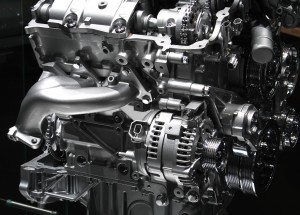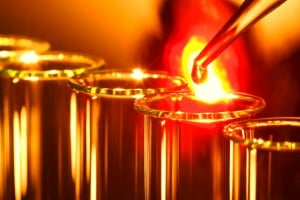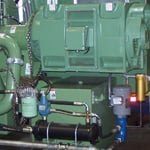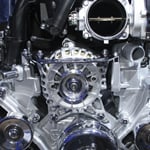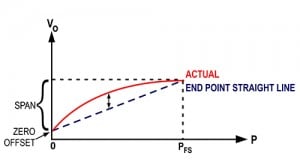Engine and Power Train Testing Applications
Pressure is a big part of engine testing and automotive component manufacturing. That’s why wherever you find engines being tested; you’ll likely find transducers measuring everything from air intake pressures to exhaust back-pressures. In the automotive industry, you’ll find transducers measuring everything from tire inflation pressure for dynamometer testing to controlling tool pressure during crankshaft journal burnishing.

